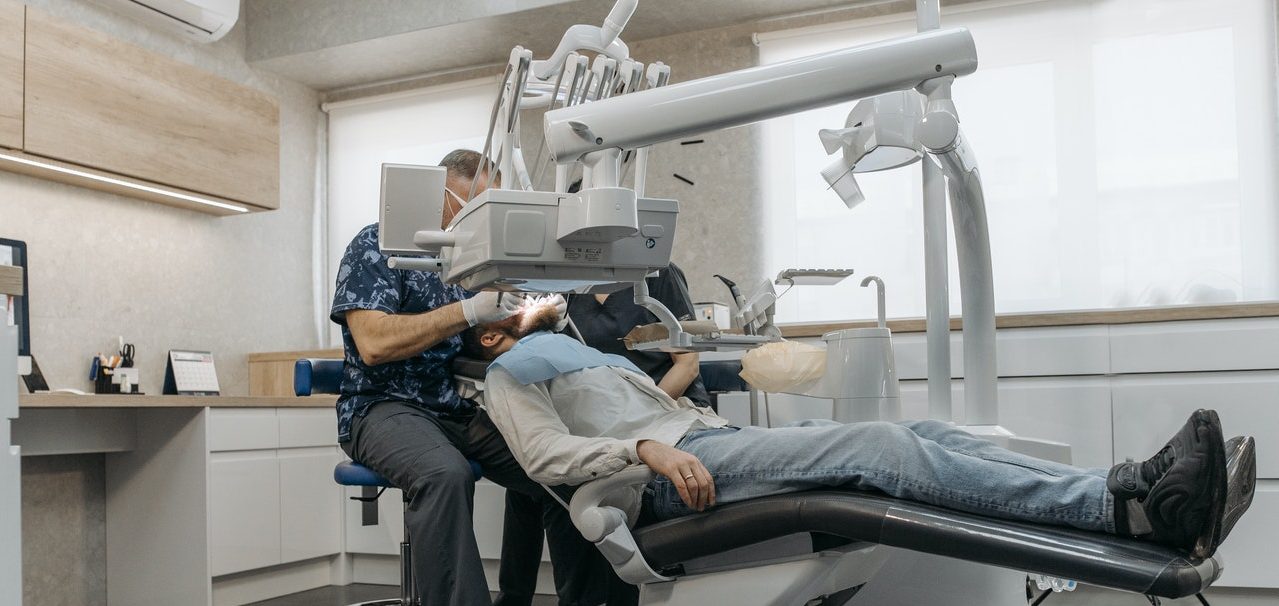 In this article we will tell you about three clinical cases that have had great relevance throughout history and are still studied by professionals and students at different universities.
In this article we will tell you about three clinical cases that have had great relevance throughout history and are still studied by professionals and students at different universities.
Trasoff case
The Tarasoff case is a clinical psychological case , based on the 1969 murder of a university student: Tatiana Tarasoff. The killer, Prosenjit Poddar was an Indian graduate student at the University of California at Berkeley. Poddar and Trasoff had started dating within the university, this was a casual relationship, without formalities. Both members of the relationship thought of it in a different way. Tarasoff just wanted a casual relationship and Poddar took that relationship very seriously.
When disagreements began about the seriousness of their relationship, Tatiana decided to break up with Prosenjit, which caused him to become obsessed with her. Poddar began to harass her and suffered an emotional crisis for which she began psychological counseling at the university medical center.
Poddar first attended a psychiatrist at the Berkeley hospital, but he himself referred him to a psychologist for advice on his situation, referring the patient with a psychotic picture.
His counseling therapist was Dr. Lawrence Moore, who became concerned when his patient confessed his intention to kill Tarasoff (he never named her in the sessions, but identifying Tarasoff was not difficult).
While the patient showed up for eight sessions, Moore advised him that if the death threats continued, then he would have no choice but to hospitalize him. After this ultimatum, Poddar stopped attending treatment and Moore took the situation seriously.
Moore discussed the situation with his colleagues and informed the campus police of his patient’s intentions. Moore’s warning was not enough, as Poddar killed Tarasoof with one gunshot and 14 stab wounds. After the event, he turned himself in to the police and was sentenced to five years in prison.
After what happened, the process carried out by Moore for not warning the victim was criticized. Mental health professionals responded that this rule violated their professional relationship.
Karen Ann Quinlan Case
Karen Ann Quinlan, a 21-year-old girl, who after having ingested alcoholic beverages and tranquilizers, entered the Newton Memorial Hospital unconscious and remained in a coma for 10 years. In 1985, at age 31, due to respiratory failure caused by acute pneumonia, Karen ceased to exist.
This case was debated in several aspects, as the young woman’s parents had asked that her respirator be removed after a year had passed since Karen went into a coma, but this request was rejected by the hospital.
The Quinlan family took the case to the Supreme Court of New Jersey, where the family’s request was finally accepted and Karen spent the next 9 years breathing naturally.
This case was relevant because, as a result of the court ruling, hospital ethics committees were established for the first time in history.
Saikewicz case
Joseph Saikewicz was a 67-year-old man with an IQ of 10 who was institutionalized for 53 years.
Saikewicz, who was the mental age of a 2-year-old, appeared to be unaware of dangers and became disoriented when removed from his familiar surroundings. He was diagnosed with leukemia in 1976, where chemotherapy would have a 30-50% chance of remission for 2-13 months.
The court had appointed a guardian to decide whether he should receive treatment. Since Joseph was older, the therapy would be less successful, painful, debilitating, and he would not be able to cooperate or understand the treatment. The guardian made the decision not to do so.
The lower and higher courts agreed that in cases like this, decisions to withhold or withdraw life-prolonging treatment for terminally ill or incompetent patients should be made only by the courts.
Mr. Saikewicz died on September 4, 1976.

